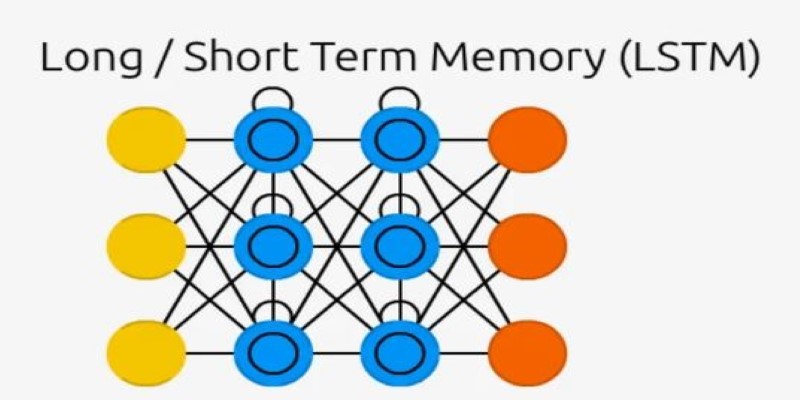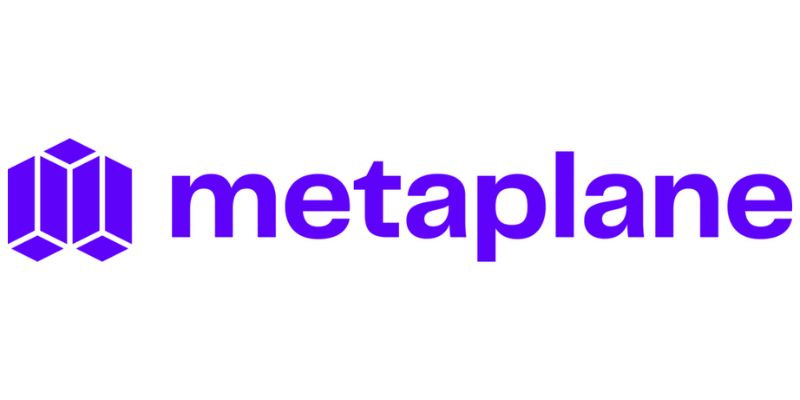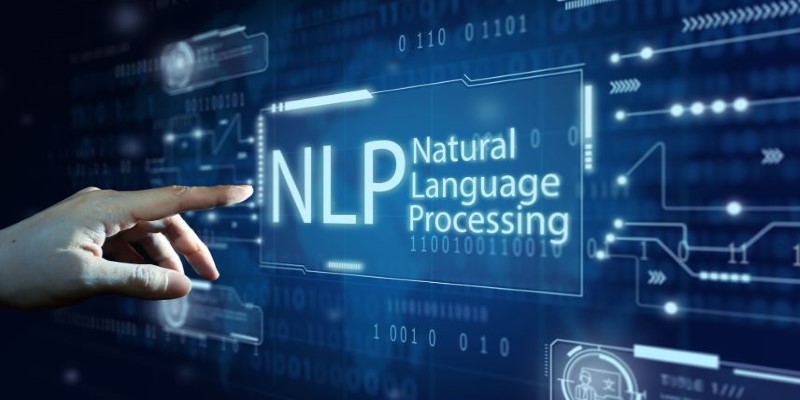In today's digital world, where things change quickly, artificial intelligence (AI) is not an idea from the far future; it's happening now. AI is changing the way teams work every day by letting them do things like analyze data and talk to each other better. Many businesses are still hesitant to use AI tools because they think they are too hard to understand, too expensive, or not needed yet. However, not doing anything could be the most expensive choice of all.
Teams that don't use AI risk falling behind their rivals in terms of speed, accuracy, and new ideas. This post will talk about the real costs of ignoring AI and why they are important for your team's long-term success right now.
Why AI is More Than Just a Trend
AI is not just another tech buzzword. It’s becoming a critical tool for improving how teams collaborate, solve problems, and make smarter decisions.
AI helps teams by:
- Automating repetitive tasks to save time
- Offering data-driven insights for better decision-making
- Helping with personalized customer experiences
- Improving communication through chatbots and voice assistants
- Tracking performance in real-time for better productivity
When used correctly, AI tools can support nearly every area of a business—from marketing to finance to customer service.
The Real Cost of Doing Nothing
Many teams think avoiding AI keeps things simple. But in reality, not using AI tools can create bigger problems over time.
Missed Opportunities for Growth
When teams don't use AI, they miss out on better and faster ways to grow. Some people are using AI to find trends, spot risks, and make processes better, but those who aren't using it have to use slow, manual methods.
You risk missing out on:
- Faster product development
- Improved customer service
- Predictive insights that guide smarter decisions
Doing nothing means you give up a competitive edge—without even realizing it.
Increased Costs Over Time
Manual work might feel cheaper now, but it becomes more expensive over time. AI tools reduce the need for time-consuming tasks, which means your team can focus on more valuable work.
Companies that avoid AI often end up spending more on:
- Hiring extra staff for repetitive work
- Fixing errors that automation could have avoided
- Wasting hours on manual data collection or reporting
Even a small AI tool can save hours each week—time that adds up quickly.
How Teams Fall Behind Without AI
Teams that delay AI adoption may not see the impact right away. But slowly, the gap between tech-savvy teams and those doing things manually becomes harder to close.
Poor Decision Making

AI tools provide real-time insights using data your team already has. Ignoring these tools means your decisions are slower and less informed.
Low Team Productivity
Without AI, team members waste time on tasks like data entry, sorting files, or replying to repetitive messages. AI can handle those jobs in seconds.
One small AI upgrade can help with:
- Auto-sorting emails and chats
- Managing calendars and meetings
- Creating reports with just a click
Weak Customer Experience
Customers expect fast, accurate, and personal support. AI-powered chatbots, recommendation systems, and support tools make that possible. If your team isn’t using AI, your customer service may feel slow, outdated, or generic.
The Fear of AI: What’s Holding Teams Back?
Many leaders still hesitate when it comes to AI. But most fears are based on misunderstanding.
Common concerns include:
- “AI will replace my team.” (In truth, AI supports teams—not replaces them.)
- “It’s too technical.” (Many tools are now built for non-technical users.)
- “It’s too expensive.” (Plenty of budget-friendly AI tools exist for small teams.)
What’s really costly is falling behind while your competitors move forward.
Small Steps to Start Using AI
You don’t need to launch a huge AI system overnight. Start small and grow from there. Many teams begin by automating one or two simple tasks.
Easy ways to get started with AI:
- Use AI writing assistants to improve emails, blogs, or customer responses
- Add a chatbot to your website to answer common questions
- Try AI project management tools that suggest deadlines or assign tasks
- Use smart scheduling tools to book meetings based on team availability
These small steps can lead to big improvements over time.
What Happens When You Do Embrace AI?
Adopting AI doesn’t mean turning your workplace into a robot lab. It means giving your team smarter tools to do their best work.
Teams that use AI often see:
- Higher productivity and better time management
- Faster decisions with real-time data
- More creative work thanks to fewer repetitive tasks
- Happier customers through smarter support
- A more innovative and forward-thinking company culture
By investing in AI, you're not just adding technology—you’re building a future-ready team.
Don’t Wait for the Perfect Moment

Waiting for the "right time" to start with AI could be the reason your team stays behind. The best time to explore AI tools is now—while the technology is accessible and the learning curve is still manageable. You don’t need to know everything about AI to begin. Just stay open, start small, and focus on tools that solve real problems in your team’s daily work.
Conclusion
In a world where digital transformation is accelerating, standing still is not a neutral stance—it’s a step backward. Businesses that ignore AI are unknowingly falling behind, paying the price in time, money, talent, and missed opportunities. Fortunately, the path to AI adoption doesn’t require a giant leap. By starting small, staying curious, and focusing on real-world benefits, teams can build a future-ready foundation that supports long-term success. Choosing to wait is choosing to risk irrelevance. The cost of doing nothing is not just measured in dollars but in momentum lost and potential left untapped.











